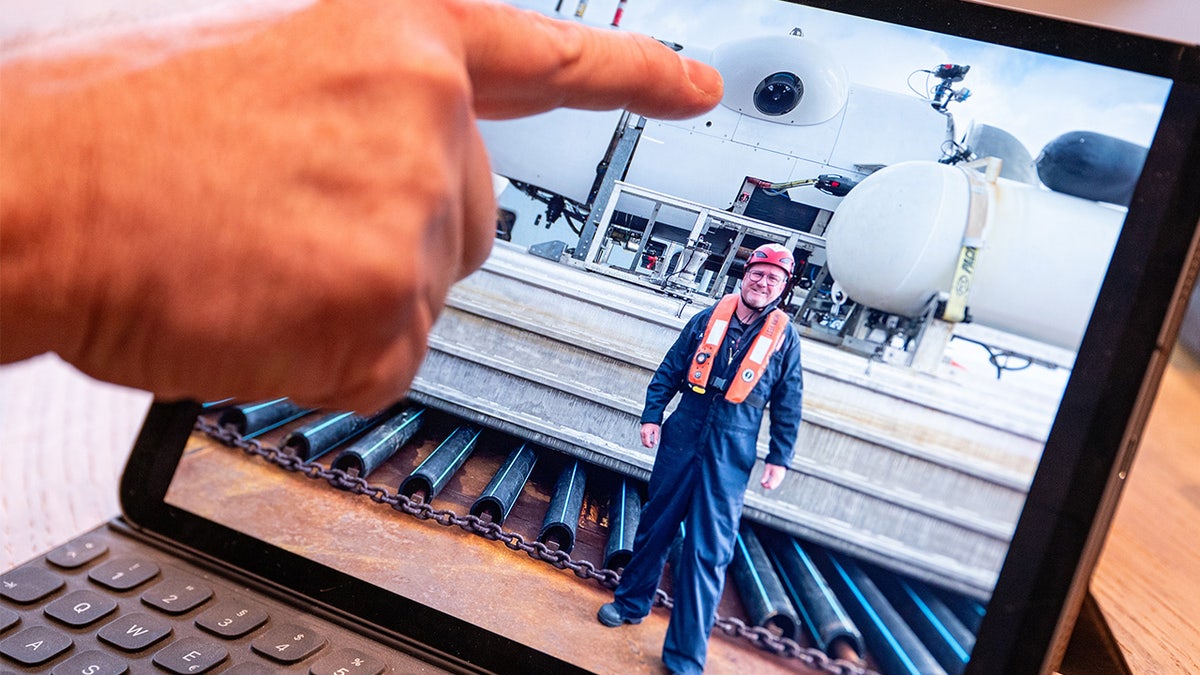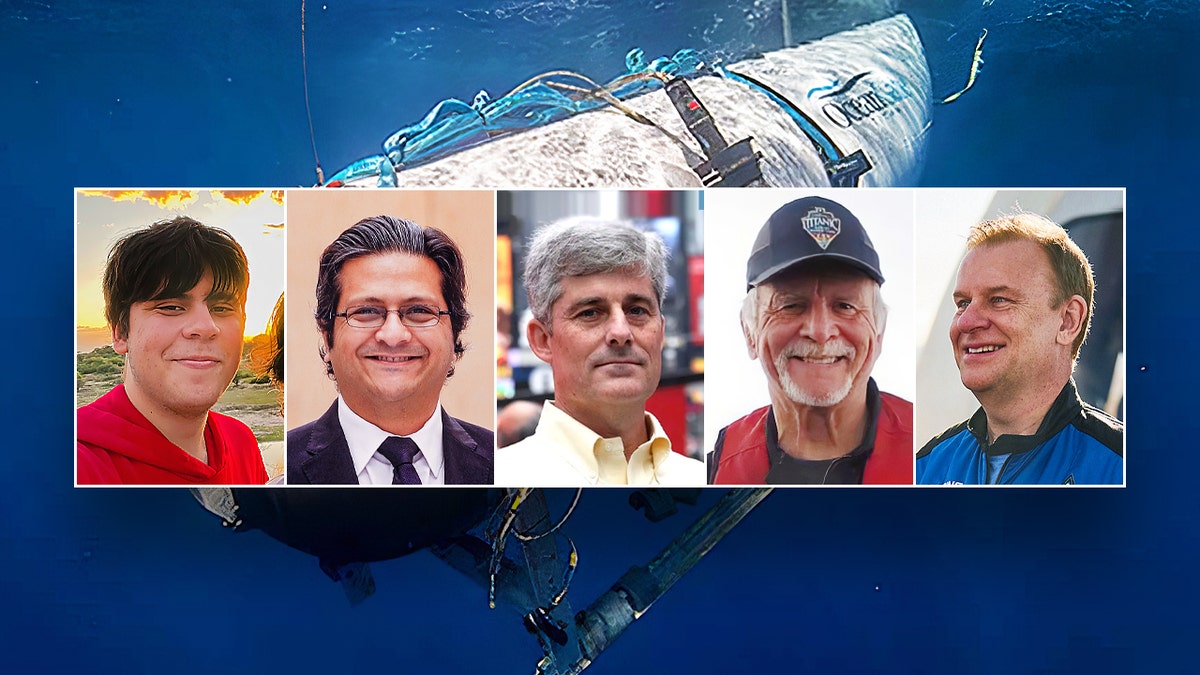As the search intensifies for the missing OceanGate Titan submersible, two former passengers have come forward to share their experiences on the same vessel, painting a picture of a risky and sometimes precarious journey to the Titanic wreckage. Arthur Loibl, a retired German businessman, described the dive as a "kamikaze operation," highlighting the inherent dangers and technical challenges faced during his 2021 expedition.
Loibl recounted a cramped and claustrophobic environment inside the submersible, where passengers were forced to sit close together on a metal floor for the duration of the dive. He detailed technical issues, including power conservation measures like turning off lights and relying on a glow stick for illumination. The dive was also subject to repeated delays due to problems with the battery and balancing weights, ultimately extending the voyage to 10.5 hours.

Another former passenger, Fred Hagen, emphasized the awareness of the risks involved in the expedition. Speaking on Fox & Friends, Hagen stated that all passengers were "intimately informed" of the potential for death or injury, acknowledging the inherent dangers of the mission. He characterized the operation as "not inherently safe," attributing it to the experimental nature of deep-sea exploration.

Both Loibl and Hagen's accounts underscore the high-stakes nature of these deep-sea expeditions. Loibl paid $110,000 for his 2021 trip, which included OceanGate CEO Stockton Rush and French diver Paul-Henri Nargeolet, both of whom are currently missing on the Titan. The ongoing search and rescue operation is a race against time as oxygen levels dwindle for the five passengers aboard the submersible.


Comments(0)
Top Comments